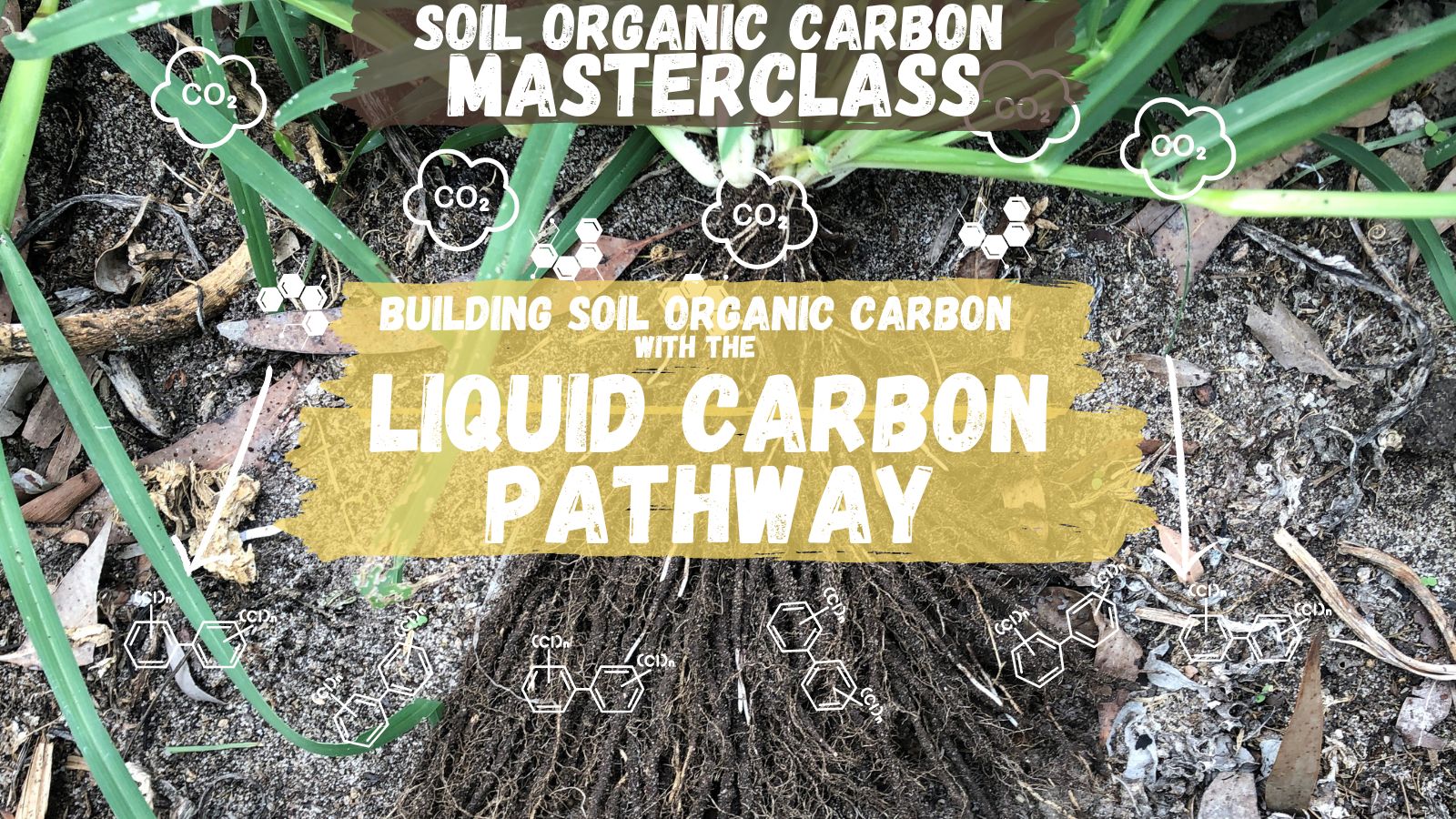How Much Soil Carbon Can I sequester?
Soil carbon sequestration is a key focus in regenerative agriculture, but is there a limit to how much carbon soil can hold? Traditional research suggests that soil reaches a saturation point, beyond which no more stable carbon can be stored. However, new studies challenge this idea, suggesting we may be able to store far more carbon than previously thought.
In this article, we will explore:
The role of mineral-associated soil carbon
The traditional model of soil carbon saturation
New research that questions this model
What this means for carbon sequestration on farms
But first make sure to watch our video from our YouTube Channel (Agriculture Explained)
Understanding Mineral-Associated Soil Carbon
Soil carbon exists in two main forms:
Labile Carbon (Available Carbon)
Readily available for microbes to consume.
Comes from root exudates, crop residues, compost, and manure.
Easily mineralised and released as carbon dioxide (CO₂).
Mineral-Associated Soil Carbon (Stable Carbon)
Organic carbon bound to clay and silt particles in the soil.
Considered stable because it is protected from microbial breakdown.
Historically linked to humus, though new research questions the traditional understanding of humus stability.
The current assumption is that the more clay and silt a soil has, the more stable carbon it can store.
The Traditional Understanding of Soil Carbon Saturation
In the traditional model, soil carbon storage follows a predictable pattern:
Carbon Inputs → Increased Soil Carbon (from root exudates, crop residues, compost, biochar, etc.).
Microbial Activity → Carbon Breakdown (some is lost as CO₂).
Stable Carbon Accumulation → Saturation (at a certain point, inputs and losses balance out).
The idea is that once a soil reaches its “saturation point,” adding more carbon will not increase stable storage—instead, it will simply cycle through microbes and be released back into the atmosphere.
This saturation point is traditionally estimated at 8% of the soil’s clay and silt content.
More clay = more stable carbon potential
Sandy soils = lower storage capacity
But new research is challenging this assumption.
New Research: No Upper Limit to Soil Carbon Storage?
A 2023 study titled “No Detectable Upper Limits of Mineral-Associated Organic Carbon in Temperate Agricultural Soils” suggests that soil may not have a fixed saturation point after all.
The study examined 150 different soils and found huge variability in carbon storage.
Some soils contained far more mineral-associated carbon than the 8% limit suggests.
Only 21% of carbon variation could be explained by clay and silt content, meaning other factors influence storage.
This suggests that we may be able to store much more stable carbon than previously thought—but it requires specific conditions to maximise sequestration.
Implications for Carbon Sequestration on Farms
If soils can store more carbon than we thought, it means:
We are not limited by an “upper cap” on soil carbon storage.
Regenerative practices can continue increasing carbon sequestration over time.
However, there are still limitations:
Microbial Activity: The rate at which microbes break down carbon affects long-term storage.
Soil Structure: Poorly structured soils may not be able to retain deeper carbon stores.
Depth Matters: While topsoil storage may be limited, deeper layers offer near-unlimited potential for carbon sequestration.
Maximising Soil Carbon Storage on Your Farm
If you want to increase stable carbon storage, focus on deep soil sequestration rather than just surface accumulation. Here’s how:
Increase Photosynthesis Year-Round
Extend growing seasons using cover crops.
Ensure plants have optimal nutrients (Nitrogen, magnesium, iron, Manganese, phosphorus, boron) for photosynthesis.
Promote Deep Root Systems
Plant deep-rooted perennials to push carbon deeper into the soil.
Use adaptive grazing to encourage root growth.
Minimise Carbon Losses
Reduce tillage to protect microbial networks.
Limit synthetic nitrogen to prevent excessive microbial breakdown of organic matter.
Use humic and fulvic acids to buffer fertiliser applications.
Enhance Soil Microbial Activity
Apply microbial inoculants (especially mycorrhizal fungi).
Support beneficial fungi by reducing fungicide use.
By focusing on continuous inputs, microbial support, and deep sequestration, you can build long-term soil carbon stores well beyond traditional estimates.
Final Thoughts: Are We Underestimating Soil’s Potential?
For years, we have been told that soil has a fixed limit for stable carbon storage. But emerging research suggests we may have barely scratched the surface of what is possible.
As regenerative farmers, we should not be limited by outdated models. Instead, we should focus on:
Maximising carbon inputs through living roots.
Building deeper soil health to store more carbon at greater depths.
Using natural microbial processes to stabilise carbon long-term.
While more research is needed, this new understanding of soil carbon saturation could revolutionise carbon farming—and the way we manage soil health for future generations.
Get Started In Regen Ag with Agresol
If you are an Australian farmer looking to optimise soil carbon storage, we offers free consultations to help you transition to regenerative practices. You can get started HERE













